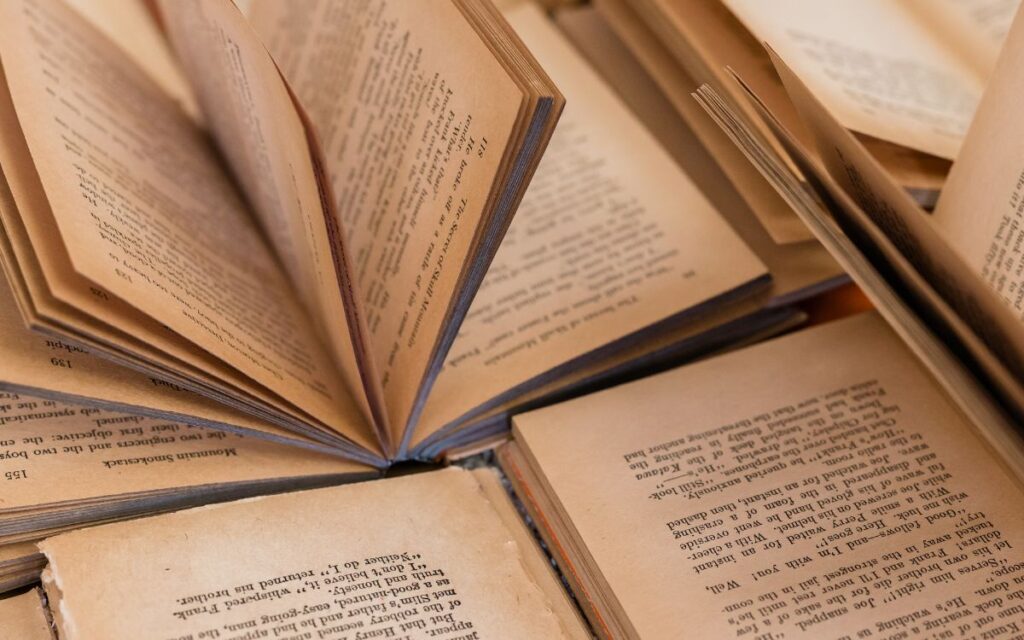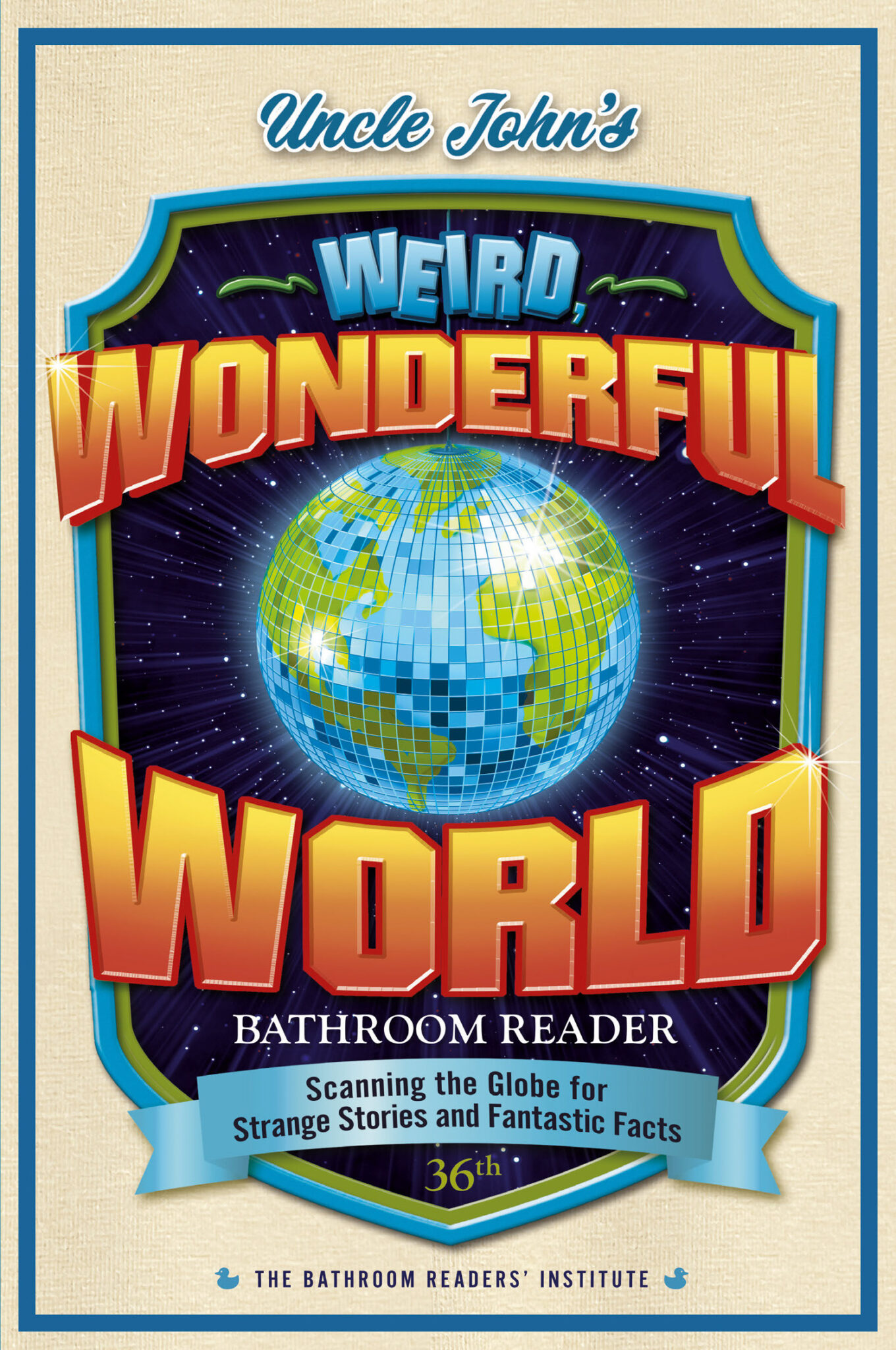With International Paperback Book Day arriving on July 30, please print out this article about the surprisingly rich and fascinating story of softcover books and fold it over and read it — just like a convenient paperback book!
EIGHT WAS ENOUGH
Historically, the only kind of books were hardbound books. It was expensive and time-consuming to print and bind individual pages, these books were meant to last for decades because they were so pricey and precious. In 1501, Aldus Manutius, founder of Venice-based Aldine Press, invented the octavo. Named from a phrase that translates to an Italian word for “eight,” it was a small book printed on a large sheet of paper folded eight times to create a book of 16 pages. A bunch could be bound together to print a whole book — one that was cheap, less-than-fancy, and portable.
Pre-order this impressive paperback today!

ENTER SHAKESPEARE
The plays of William Shakespeare were performed in the 1500s and 1600s and might have been forgotten if not for predecessor paperback technology. After Shakespeare’s death in 1616, theatrical cohorts John Heminge and Henry Condell collected the plays and published them in the Manutius style, preserving them in soft-bound print for future generations.
A DREADFUL DEVELOPMENT
Printing techniques evolved and became more sophisticated over the next 200 years. That made it possible for publishers to produce paperbacks that resembled and were bound like their hardbound counterparts. But hardbacks still promised serious material of literary or high social merit; with widespread literacy in England and the U.S. by the mid-19th century, there was a huge demand for entertaining and salacious material. Enter paperbacks printed on cheap, grainy wood pulp. In England, they called these novels “penny dreadfuls” because they cost a penny and contained adventure stories about pirates, criminals, detectives, and other things polite Victorian society found “dreadful” to think about.
PLENTY OF PULP
In the U.S., tawdry books cost around ten cents by the end of the 1800s, and these “dime novels” sold best when they were about cowboys and Wild West villains. In the 20th century, dime novels evolved into the similarly mildly scandalous “pulp fiction,” but died out with the rise of television in the 1950s.

MARCH OF THE PENGUIN
Paperbacks went legitimately literary in 1935 when Allen Lane founded Penguin Books specifically to bring great works of fiction to the masses by charging them as little as possible — because he could sell inexpensive books with thin, soft covers. On July 30, 1935, Penguin Books — all with the same cover (save the title and author) to save on printing costs, placed 10 books in stores, including A Farewell to Arms by Ernest Hemingway, The Mysterious Affair at Styles by Agatha Christie, and Poets Pub by Eric Linklater. Within a year, Lane and Penguin had sold more than three million copies altogether. Penguin paperbacks cost 25 cents; hardbound versions of the same titles ran just under $3 — a key factor during the Great Depression.
Speaking of the popularity and delights of paperback books — Uncle John’s Bathroom Reader! It’s the book to take on the go for when you’re on the go (or just need a minute to catch a quick story or learn a few facts). Our humongous Awesome 35th Anniversary Bathroom Reader is available now from Portable Press.









